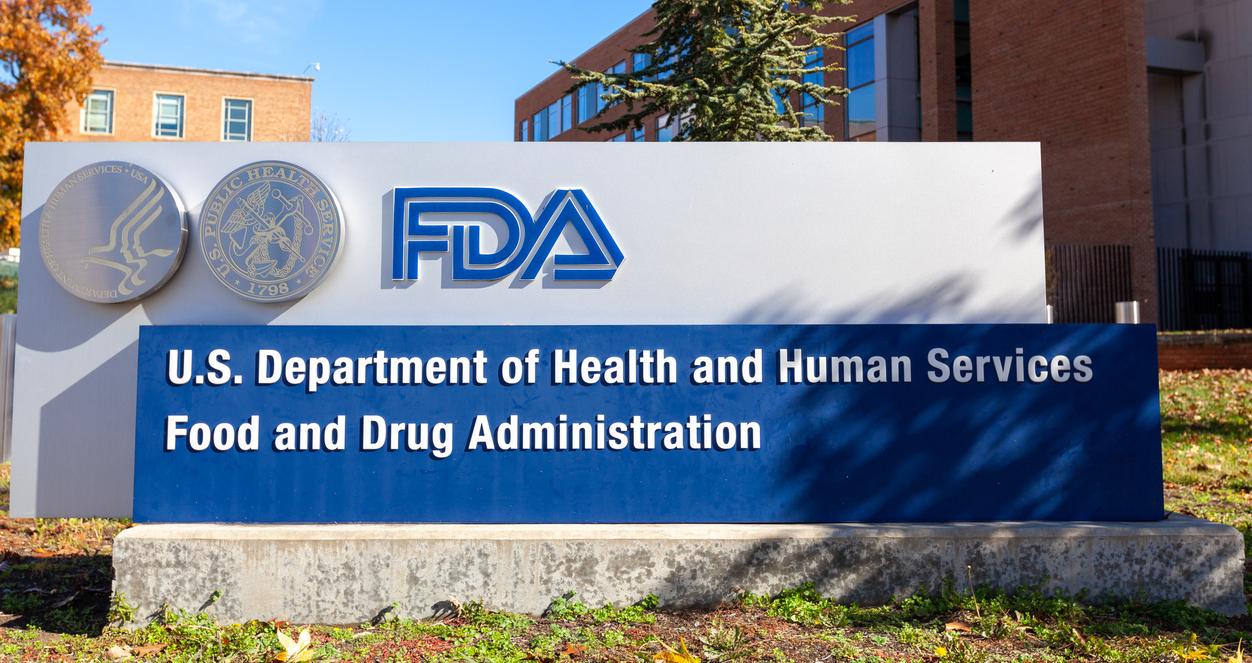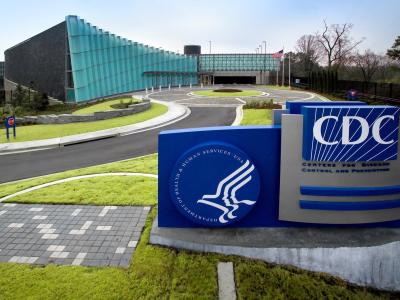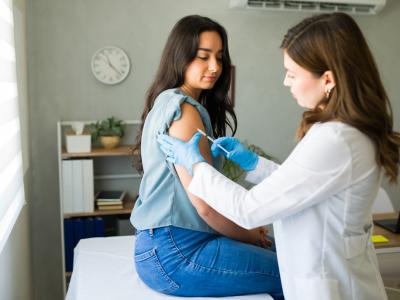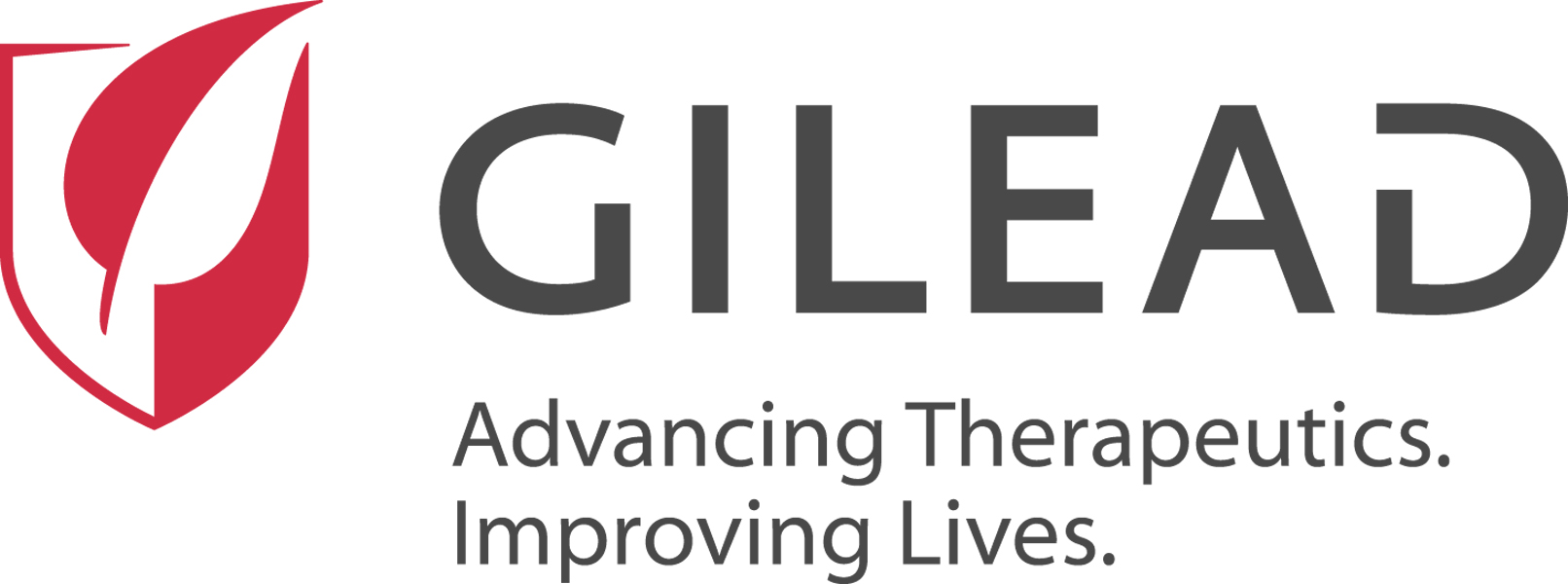
A new preprint study suggests reactivation of CMV, or cytomegalovirus, is prevalent in COVID-19 patients treated in the intensive care units (ICUs). The authors of the study said this finding should prompt consideration of early antiviral treatment in ICU patients.
CMV reactivation is tied to severe illness, immunosuppression, and dysregulated inflammation, but most commonly studied in the context of sepsis. The authors said the influx of intensive care needed for COVID patients since the first year of the pandemic likely resulted in significant CMV reactivation numbers.
The study is based on a prospective cohort of concomitant ICU patients with and without COVID-19, who were monitored for CMV DNA during their hospitalization. In total 160 adult ICU (78 COVID-19, and 82 concomitant non-COVID-19) patients were monitored weekly for CMV DNA.
High-dose steroids linked to CMV
“Overall, 30.6% of ICU patients experienced CMV reactivation, with 10% exhibiting clinically-significant reactivation,” the authors said. COVID-19 ICU patients had significantly higher rates of any CMV reactivation (41% vs. 20.7%) and CMV disease (8.9% vs. 1.2%) compared to concomitant non-COVID-19 patients.
COVID-19 patients treated with high-dose steroids were particularly at risk for CMV reactivation, which may be related to the central role of T-cells in CMV immune control.
Together with the worse clinical outcomes linked to CMV reactivation, the findings highlight the need for vigilant monitoring of CMV reactivation.
“Together with the worse clinical outcomes linked to CMV reactivation, the findings highlight the need for vigilant monitoring of CMV reactivation and consideration of early antiviral treatment in ICU patients at risk, and support future interventional trials,” the authors concluded.














